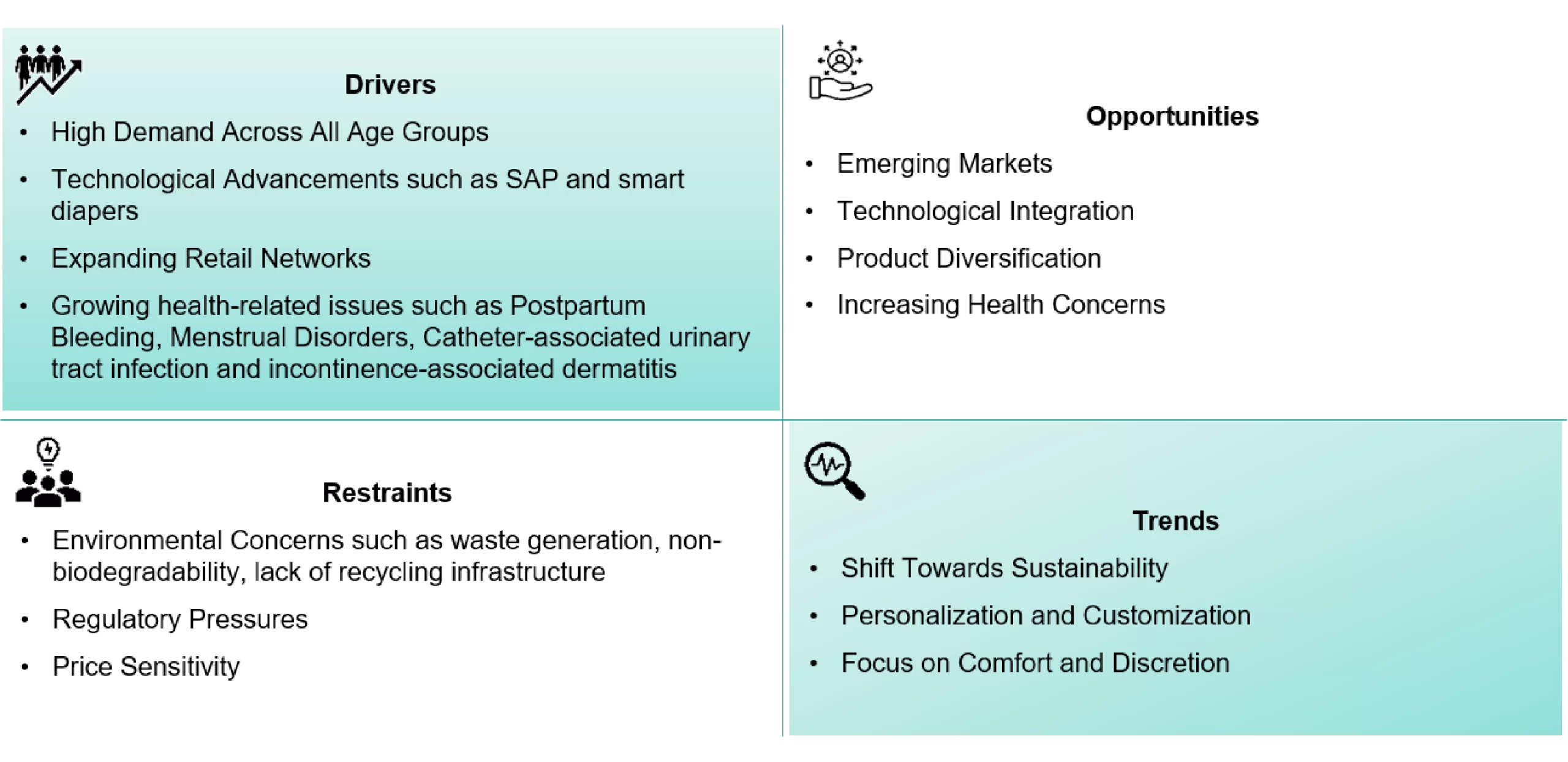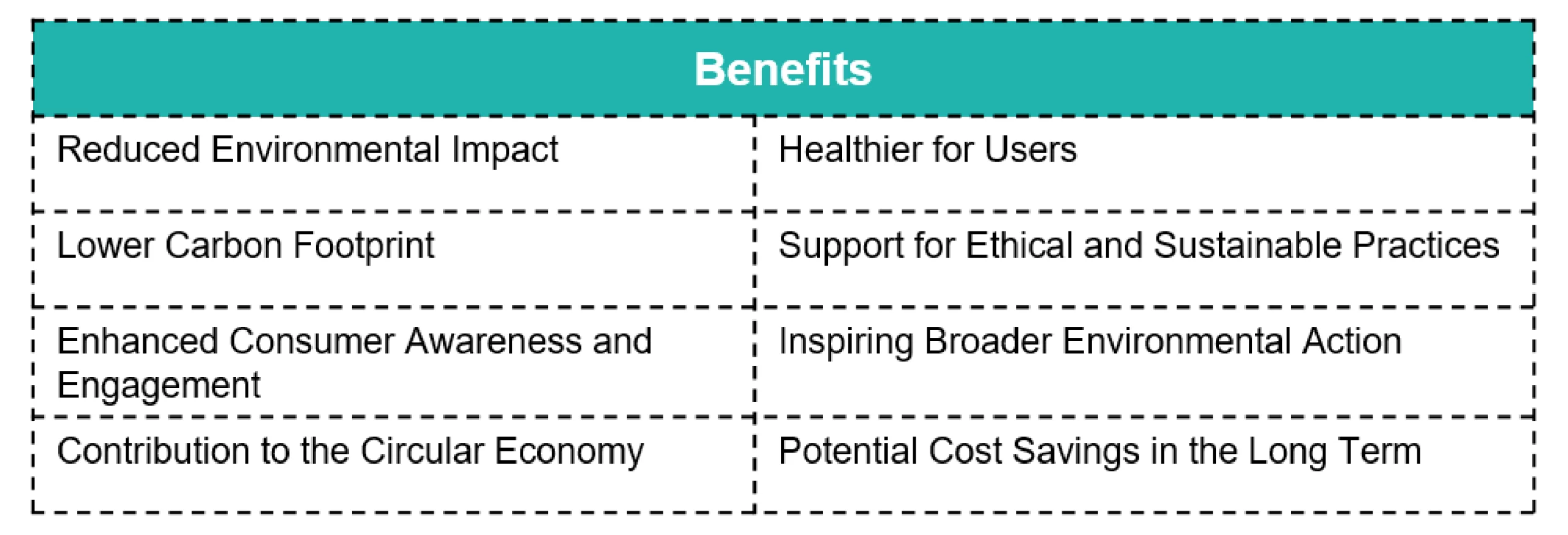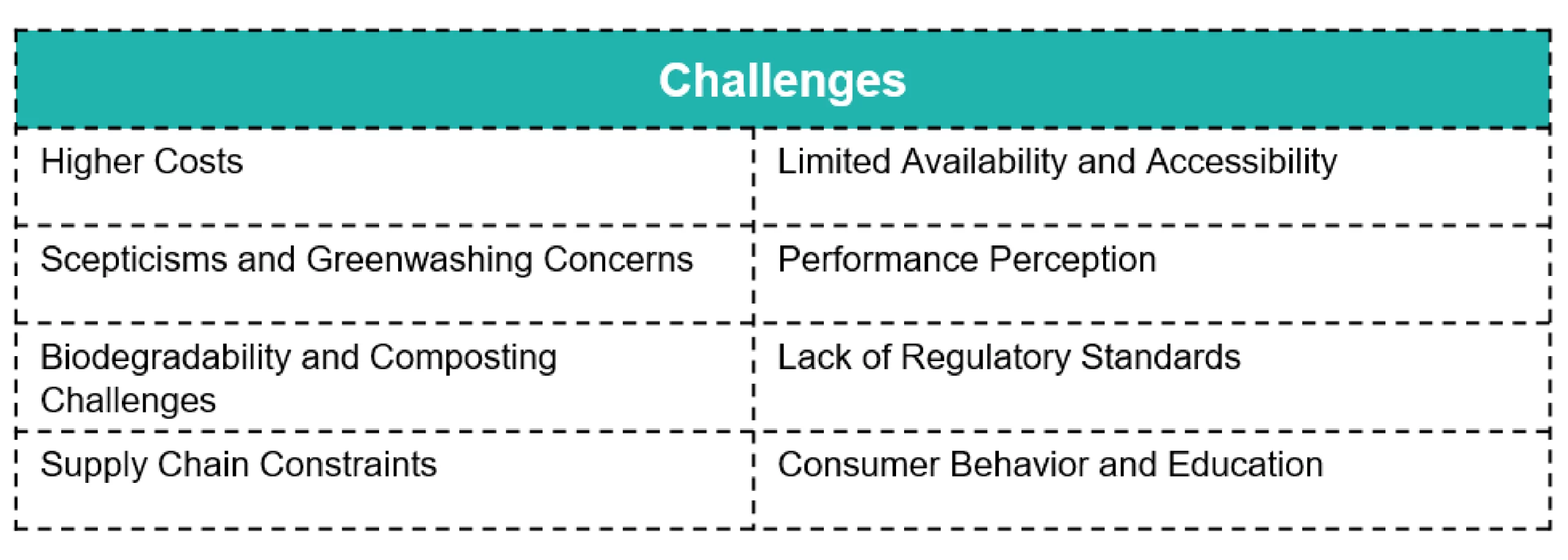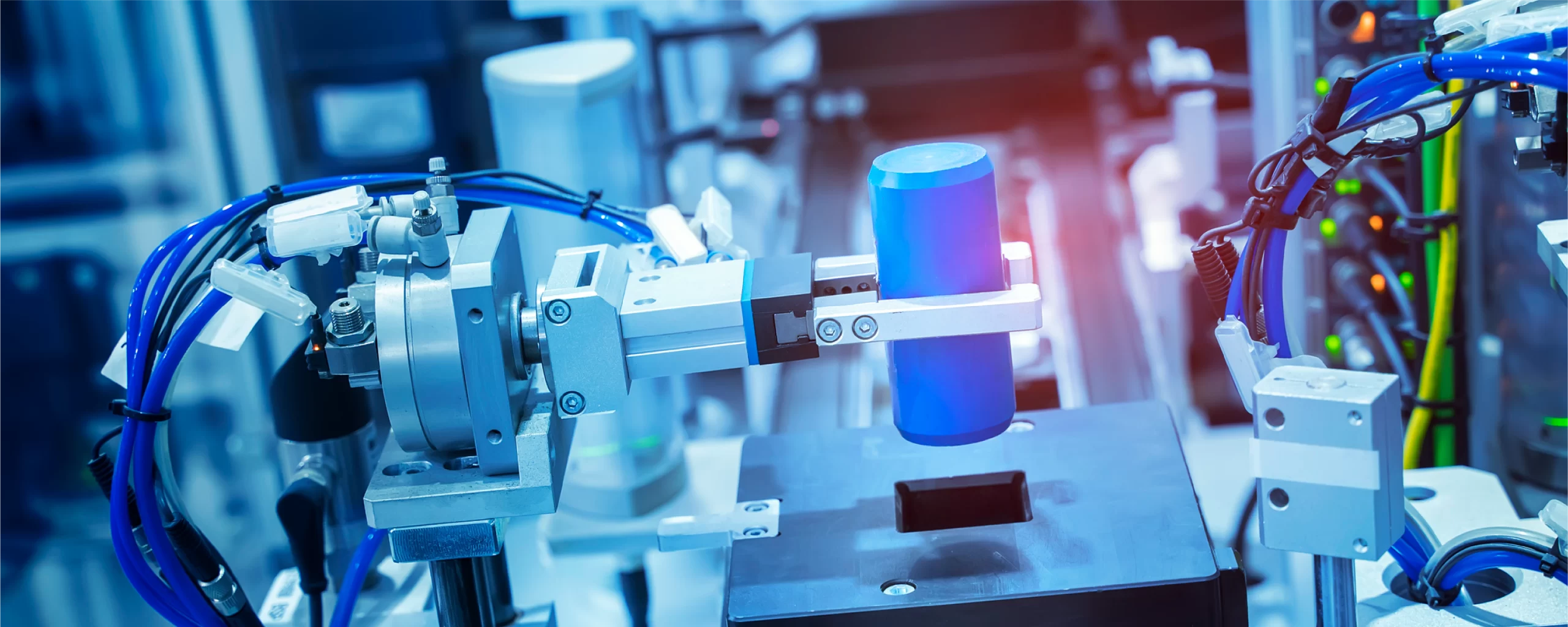Eco-Friendly Disposable Hygiene Products: A Sustainable Shift
The growing consciousness of sustainability and the need to reduce plastic waste has increased the interest in disposable absorbent hygiene products for people of all ages. Campaigns on public education, product labelling, and improved marketing campaigns have all contributed to normalizing the use of these products and lessening the stigma associated with them. Multiple sustainable alternatives seek to reduce the harmful impact of traditional products on the environment while maintaining the efficacy and convenience of conventional products. With the increasing geriatric population, there is a greater demand for absorbent hygiene products, particularly for adult incontinence.
Disposable Absorbent Hygiene Products
Disposable absorbent hygiene products are made to efficiently manage body fluids by absorbing them and keeping skin dry. These products provide great convenience and hygiene. The DAHP category includes baby diapers, adult incontinence products, sanitary napkins, and under pads. With technological advancements, the industry is witnessing continuous innovations to improve absorbency, comfort, and sustainability.
Market Overview
The global market size for disposable absorbent products is expected to grow by 5% to 6% from 2023 to 2033. Rising customer awareness and the infant and geriatric population are some of the reasons that will drive the market growth.
Key Market Segment:
Baby Diapers: This is the largest segment driven by growing awareness of infant hygiene and increasing newborn populations in the APAC and Africa region.
Adult Incontinence Products: Rising geriatric population in North America, Europe, and Japan and increased public awareness about incontinence and greater product availability.
Feminine Hygiene Products: Rising due to product innovation, growing awareness & acceptance, and priority to disposable products over reusable options.

Benefits of Eco-Friendly Disposable Hygiene Products
Eco-friendly disposable hygiene solutions are becoming more and more popular as a sustainable alternative to conventional ones that are often responsible for environmental degradation. Eco-friendly DHAPs are made to minimize the carbon footprint, reduce environmental impact and potential cost savings in the long term, and contribute to the circular economy while maintaining the performance and convenience that consumers expect from disposable hygiene products.

Challenges in Adopting Eco-Friendly Disposable Hygiene Products
With significant environmental and health benefits of eco-friendly disposable hygiene products, there are some primary challenges, such as higher cost due to the premium price of sustainable materials, limited availability in rural underserved areas, greenwashing of traditional products without fully committing to sustainable practices, a lack of standardized regulations regarding what qualifies as “eco-friendly” in
disposable hygiene products, etc., and that need to be addressed.

Innovations in Disposable Absorbent Hygiene Products
Novel development and technological advancement in DAHPs, focusing on improving comfort, absorbency, sustainability, and cost-effectiveness are taking place. Following are some of the key innovations and upcoming approaches in the DAHPs domain:
- Super Absorbent Polymers (SAP): Due to the technological advancements in SAP, products are now thinner, more absorbent, and more comfortable products that reduce bulk and improve fluid retention and dryness
- Materials: The use of sustainable and biodegradable materials reduces the carbon footprint of DHAP products and their harmful effect on the environment.
- Smart Diapers: Smart diapers are integrated with sensors that help caregivers by providing details related to moisture levels, particularly for infant and elderly care. This allows caregivers to monitor moisture levels properly.
- Fit and Comfort: To offer better fit, comfort, and performance, products are designed with ergonomic features, breathable materials, flexible side panels, and advanced adhesive technology.
Future Prospective and Conclusion
The application of sustainable and organic disposable hygiene products in daily life plays an important role in balancing personal cleanliness with environmental responsibility, which are essential for a cleaner and greener future
The Eco-friendly DAHPs market is expected to have significant growth driven by increased customer demand, sustainable technological advancement, and growing awareness.
With more customers’ rising awareness and prioritizing sustainability, the eco-friendly alternatives market is expected to expand, leading to increased innovations, innovative product designs, and increased investment activities.
However, the high cost of sustainable materials and the need for consumer awareness regarding the benefits of eco-friendly products are some of the challenges that remain. To ensure a more sustainable future around the world, companies need to be more focused on various factors such as innovation, sustainability, balance cost, and performance.



